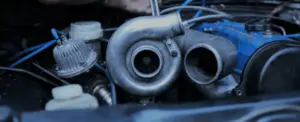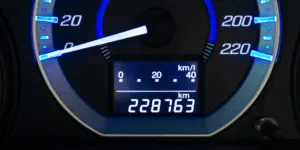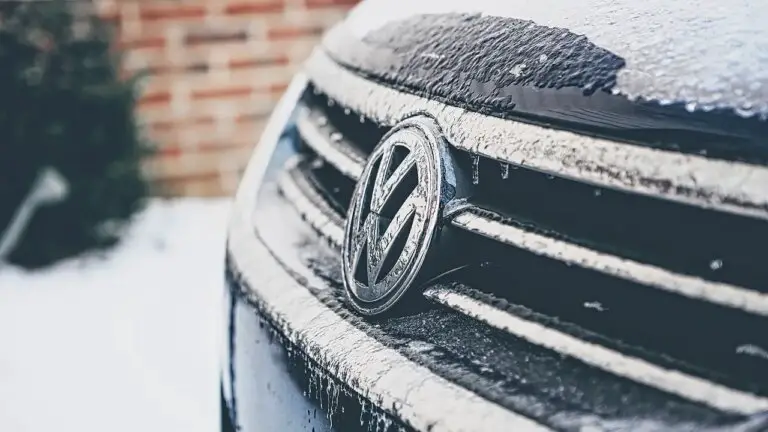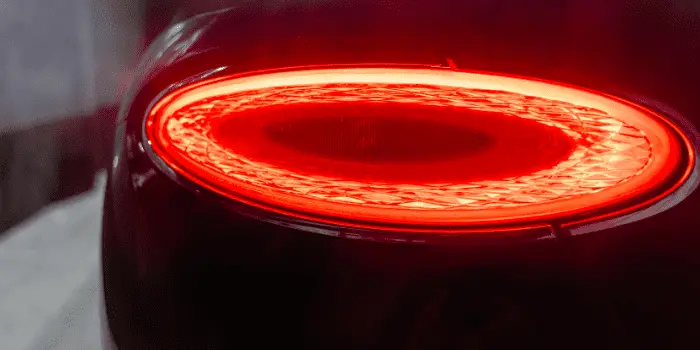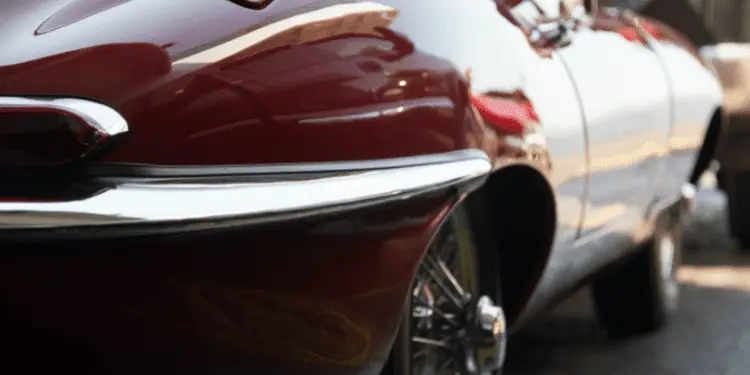Sometimes people want their car to perform a little better than their friends, while others want significant upgrades to put a smile on their face as they floor the gas pedal.
Whichever you are, we have some cheap – and some more expensive – improvements that you can make that will get more speed from your car.
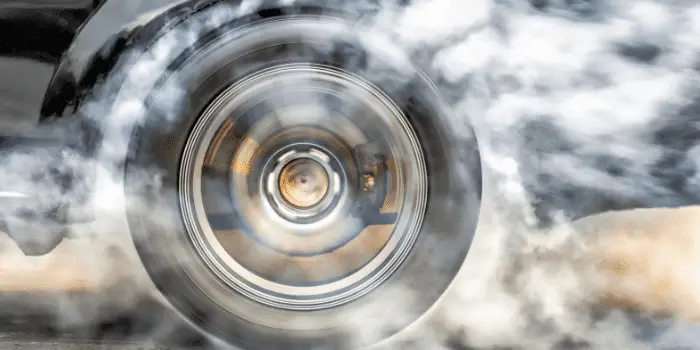
Before we examine what changes you can make in more detail, briefly to get quick and cheap improvements to make your car faster, consider these:
- Performance Intake filter
- Quality Spark Plugs
- Upgraded Exhaust System
- Upgraded Brakes
- ECU Reprogrammed
- Custom Headers
- Better Tires
- Keep Air Con off
- Get rid of weight
Let’s get into detail
Engine and Auxiliary Parts
1. Performance Air Intake Filter
Your car’s engine sucks in air which it has to combust along with fuel.
Mainly what’s combusted is Oxygen. So the more air the engine gets, the more it can ignite. The faster your car will go.
Attaching a wider intake pipe and a cone filter lets the engine suck in more air to burn. You can find these at most parts stores and online. The most popular choice is the K&N brand.

Buying:
The filter can cost between $20 to $60 and are often washable so the good news is you won’t have to replace it again anytime soon. They’re also usually universal (i.e., for every car).
To go with the filter, you’ll need an intake pipe, which most custom car shops can provide for you as well.
There won’t be any need to get a part specifically made for your car as many intake pipes have already been upgraded and are available off the shelf.
2. Better Sparkplugs
The sparkplugs in your car ignite the air/fuel mixture, which in turn moves the piston from the force of a small “explosion.”
Over time the plugs can corrode or break and lose efficiency and should be regularly changed.
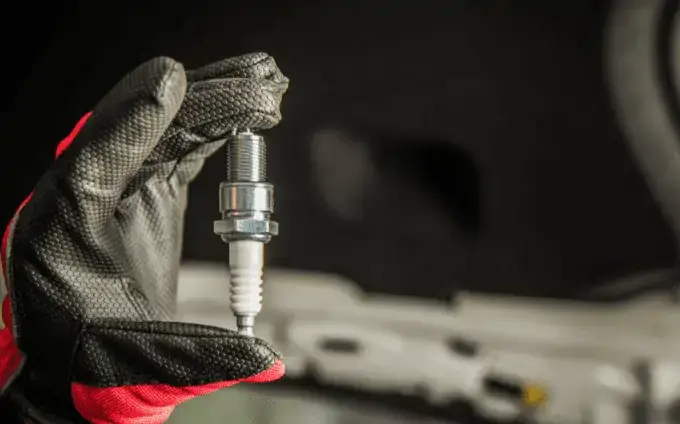
Fitting better, performance spark plugs will help burn the air and fuel faster. A nice cheap upgrade that is almost guaranteed to increase the performance of your car and acceleration.
Buying:
NGK is often preferred by people for reliable, efficient plugs. Depending on what you buy, they are usually $4-$11 per sparkplug.
Other advantages include better MPG, quicker engine starts, and smoother response. What’s not to like!
3. Exhaust System Upgrading
The same gases your engine takes in also need to come out quickly. Since modern exhausts are very restrictive, the air is not released fast enough if you want your car to drive faster.
Despite many claims, straight piping your vehicle (i.e., removing every component for one single tube) is not a good idea. Not only does that often sound bad, but it also loses a lot of back pressure.
Removing only your muffler from the very back of the car, and in some cases, the resonator is a good idea for both sound and improvement inflow of exhaust gases, just like the intake.
Tread carefully, though.
Check your State laws before messing with the exhaust in this way. Often, it’ll increase pollution and may get you in trouble with the law.
Buying:
Cutting off your exhaust is cheap. If you do not have the skills, any car workshop will do it for you for a minimal price.
4. Custom Headers
Headers are twisted pipes positioned on the lower sides of your engine. They take all combusted gasses from the engine to the exhaust.
The stock headers on most cars are called a manifold – one sturdy iron block for all the cylinders joining into the exhaust setup.
Custom headers, on the other hand, have one tube joining each cylinder. Each of the custom tubes is of the same length despite looking asymmetrical.
This ensures that the gases from each cylinder cover the same distance, ensuring that all the gasses exit simultaneously for a more efficient release of backpressure at once. That’s a good thing if you are looking to eke out some more speed from your car.

Now there are two types of equal length headers: Long-Tube and Shorties.
It is quite an extensive topic on its own, but in short: Shorty’s (Shorter and much more direct) are the way to go if you have a turbocharged car.
Long tubes are used mainly with Naturally Aspirated setups (i.e., no turbo or superchargers).
Although either can be used with an NA car as it simply shifts the powerband into different RPM ranges.
Buying:
Aftermarket headers can be found for many cars pre-made. But if you do not find a good one, custom workshops that modify cars can create one for you.
These can cost a bit of money, but done right, they can transform the car’s feel.
Expect to pay $1000 + for a 4-cylinder mild steel header and up to $2000 for an 8-cylinder stainless steel header.
Grip And Braking
You have added power to the engine, but power is no use if you can’t grip the road or slow down for a turn in time.
Faster cornering helps to maintain speed for when you get on the flat again.
5. New Tires
Buying the right tires for your car is very important. Since they’re the things that keep your car on the road, they make a lot of difference.
Generally, wider wheels and tires give more grip since there’s more contact area with the road. This increased grip means you can accelerate faster and tackle bends with higher speeds without sliding about.
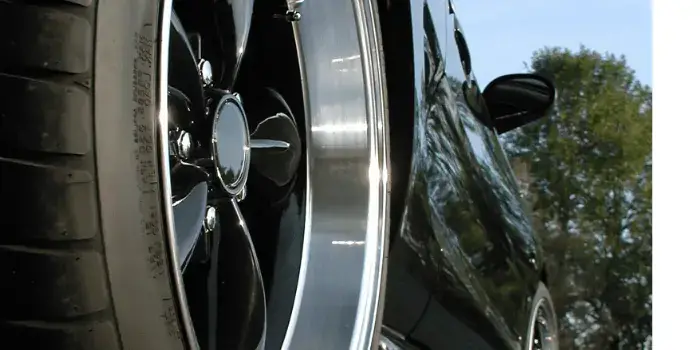
A potential downside is having a wide setup may make it harder to turn and might cause understeer. All of this varies from car to car.
Buying:
Good tires can be expensive, and you might get better speed increases by replacing other components instead. Often overlooked but better tires will improve your speed through corners.
6. Braking Later
When a car goes fast, it also needs to slow down to turn. While good tires help, upgrading your brakes helps a lot and should be considered essential.

You can decelerate much later than usual with better-performing brakes. This results in more time spent accelerating than braking.
Buying:
For most purposes, factory brakes suffice, though. However, you could upgrade to ceramic pads as they are more effective than the standard ones usually fitted.
7. Weight Reduction
Heavy objects take some shifting. Obvious, I know!
Therefore removing extra weight from your car is another easy step. Any objects you do not need and extra features such as rear seats that you never get to use should be removed.
Other possible weight reductions can be made by removing the AC and Heater matrix. These are usually as heavy as 20kgs each.
A lot of people also remove the rest of the interior trims, carpets, and trunk lining. This adds up to around 40kgs of extra weight removed.
The best feature of weight reduction is that it does not cost you anything apart from your time and money.
You may even make some money selling off some of your parts. It can be a difficult decision to sacrifice comfort to eke out a bit more speed. Only you can decide if you’re willing to pay that price.
8. Reprogram Your Car ECU
All cars have an ECU – the car’s computer -and each car manufacturer – during the design stage- decides what performance the car should have.
This is programmed into the ECU. Well, the good news is that the ECUs can be changed. Any car mechanic can do this with the right software and access to the correct programs to be added to the ECU. Sometimes the changes improve fuel efficiency too.
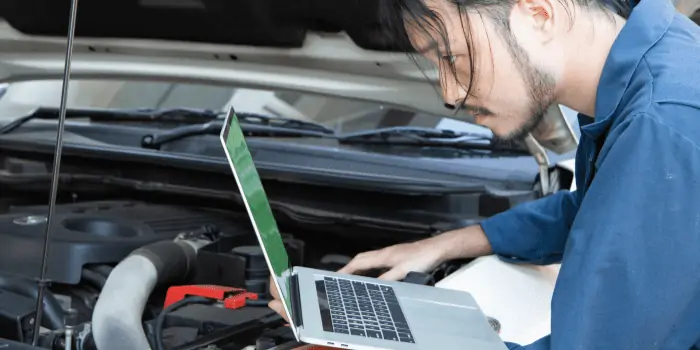
Expect to pay $300 as a minimum to get a new program installed. Make sure you know what you’re getting for your money before you agree to the reprogramming. If you can’t improve the speed of your car by more than 10 mph, you may feel it’s not worth the money.
9. Keep The AC Off
Having the AC on can slow your car down by reducing its horsepower by 5 to 10. When it’s on, it takes power away from the transmission, thus slowing your car down.
If you can handle the heat!

Consider cracking a window a few inches instead and keep the horsepower where you want it. It’ll improve your fuel economy too.
Many visitors also read this article: Complete Guide To Debadging Your Car
In Conclusion
There are many ways to improve your car’s performance. It just depends on what your budget is and how badly you want to get down the road real quick.
- Performance Intake filter
- Quality Spark Plugs
- Upgraded Exhaust System
- Upgraded Brakes
- ECU Reprogrammed
- Custom Headers
- Better Tires
- Keep Air Con off
- Get rid of weight
Make sure you contact your insurer, though, as modifications may result in invalidating a policy. Most insurers will happily reinsure you if you have made changes, but it’s best to contact them first before making the changes to see how much your premium will increase by – if at all.


